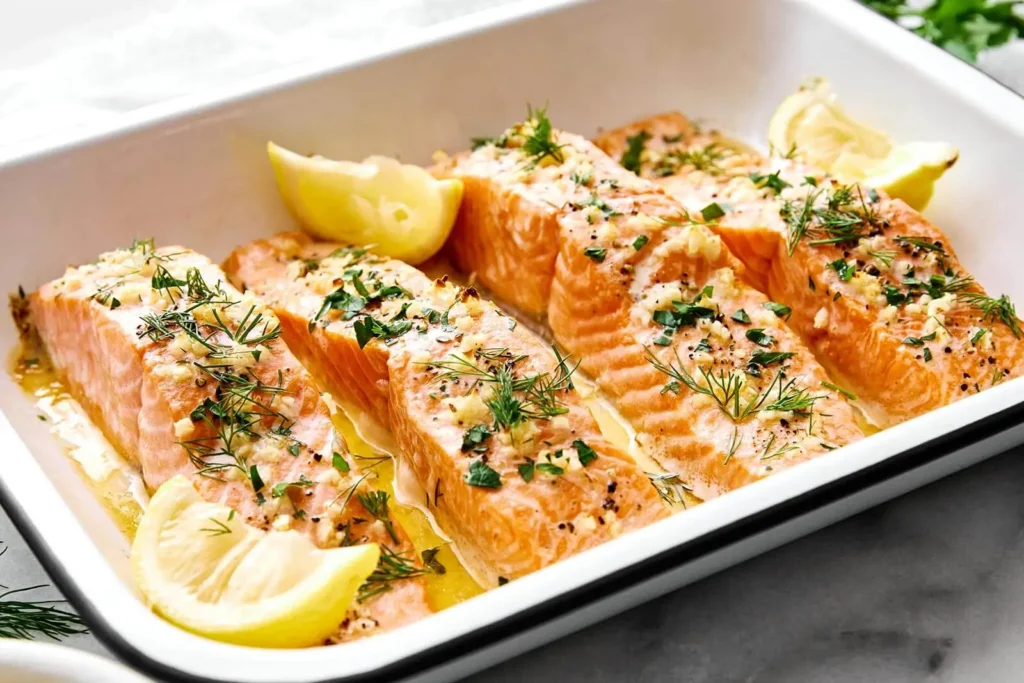
Salmon is one of the most popular fish consumed worldwide, prized for its rich flavor, tender texture, and impressive nutritional profile. It is a versatile ingredient that can be prepared in numerous ways, including grilling, baking, poaching, or pan-searing. However, achieving the perfect salmon cook temp is essential not only for enhancing flavor and texture but also for ensuring food safety. Understanding the science behind salmon cooking can help home cooks and professional chefs alike create dishes that are both delicious and safe to eat.
Understanding the Importance of Salmon Cook Temp
Cooking salmon to the correct temperature is crucial for multiple reasons. From a culinary perspective, temperature directly affects the texture and moisture content of the fish. Overcooking salmon can result in a dry, tough, and unappetizing product, whereas undercooking may leave it raw in the center, which some might prefer for sushi or sashimi. From a safety standpoint, salmon cook temp is vital to eliminate harmful bacteria and parasites that may be present in raw fish, such as Salmonella or Anisakis worms.
The recommended internal temperature for cooked salmon is generally around 145°F (63°C), as suggested by the United States Department of Agriculture (USDA). At this temperature, the salmon is fully cooked, opaque, and flakes easily with a fork, while maintaining its natural moisture and flavor. What Temp To Cook Chicken However, many chefs prefer slightly lower temperatures, around 120–130°F (49–54°C), to achieve a medium-rare texture that is tender and buttery. Regardless of preference, monitoring the salmon cook temp with a reliable thermometer ensures both taste and safety.
How Heat Affects Salmon Proteins
Salmon is composed primarily of proteins and healthy fats, with a small amount of connective tissue. The science of cooking salmon revolves around how heat affects its protein structures. When salmon is exposed to heat, its proteins denature, meaning they unfold and form new bonds. This process is responsible for the fish changing color from translucent pink to opaque and for the texture becoming firmer.
Different proteins in salmon denature at different temperatures. Myosin, a muscle protein, begins to denature at around 104°F (40°C), which contributes to initial firmness. Collagen, which is present in connective tissues, gradually breaks down at higher temperatures, around 140°F (60°C), which helps maintain a tender texture. If the salmon cook temp exceeds 150°F (66°C), the muscle fibers contract excessively, squeezing out moisture and leading to a dry, chalky texture. Understanding these biochemical reactions can help cooks manipulate temperature to achieve the desired doneness.
Fat Distribution and Flavor
The rich flavor of salmon comes largely from its high content of omega-3 fatty acids and natural oils. These fats start to melt and release flavor at moderate temperatures, around 120–130°F (49–54°C). Cooking salmon too quickly at very high heat can cause the fats to render out too fast, leaving the fish less flavorful and drier. Ham Cooking Time Conversely, cooking at controlled temperatures allows the fats to baste the fish naturally, enhancing its taste and juiciness. This is why salmon cook temp is not just about safety; it is a major factor in flavor development.
Methods to Achieve the Perfect Salmon Cook Temp
There are several cooking techniques to achieve the optimal salmon cook temp. Each method has unique effects on the fish’s texture, moisture, and flavor.
Baking is one of the most reliable ways to reach the desired internal temperature evenly. By preheating the oven and using moderate heat, the salmon cooks gently, allowing its natural oils to stay intact. Using a thermometer to monitor the thickest part of the fillet ensures precise doneness.
Pan-searing creates a flavorful crust on the surface of the salmon while keeping the inside moist. To control the internal temperature, it is important to cook the fillet over medium heat and monitor it closely. Removing the salmon from the pan a few degrees below the target temperature allows carryover cooking to finish the process without overcooking.
Grilling imparts smoky flavor and appealing grill marks, but it requires careful attention to salmon cook temp. High direct heat can overcook the surface while leaving the center underdone. Using indirect heat zones or finishing the fish on a cooler part of the grill helps achieve even cooking.
Poaching involves cooking salmon gently in simmering liquid, usually water, broth, or wine. This method allows precise control of salmon cook temp and preserves moisture and delicate flavor. Since poaching occurs at lower temperatures than other methods, it is particularly effective for maintaining a silky, tender texture.
Tools for Monitoring Salmon Cook Temp
Accurate measurement of internal temperature is critical for achieving perfect salmon. Instant-read digital thermometers are highly recommended because they provide quick, precise readings without significantly altering the cooking process. Egg Cooking Styles For baking or roasting, probe thermometers that stay in the fish while it cooks can ensure consistent results.
Relying solely on visual cues, such as color change or flakiness, can be misleading. Salmon can appear done on the outside while remaining undercooked internally. This is why using a thermometer is the most reliable method for achieving both optimal flavor and food safety.
Food Safety Considerations
Salmon, like other fish, can carry bacteria and parasites that pose health risks if not properly cooked. Cooking salmon to the recommended salmon cook temp of 145°F (63°C) effectively kills harmful microorganisms, making it safe for consumption. Freezing salmon intended for raw consumption is another safety measure, as it kills many parasites.
Cross-contamination is another concern. Raw salmon should be handled with clean utensils and surfaces, and separate cutting boards should be used to prevent the transfer of bacteria to other foods. Proper storage at refrigeration temperatures below 40°F (4°C) also helps minimize bacterial growth before cooking.
Achieving Both Flavor and Safety
Balancing flavor and safety often requires careful attention to timing and temperature. Some chefs use a two-step approach: starting with a lower heat to gently bring the internal temperature close to the desired level, then finishing with a brief high-heat sear for flavor and texture. Sous-vide cooking is another method that allows precise temperature control, ensuring the salmon reaches the ideal cook temp without overcooking while eliminating safety risks.
The salmon cook temp not only ensures the fish is safe to eat but also enhances its natural flavors. By understanding the interactions between proteins, fats, and heat, cooks can create a dish that is moist, tender, and rich in flavor every time.
Conclusion
Salmon is a delicate, flavorful fish that requires careful attention to temperature during cooking. The salmon cook temp affects both its taste and safety, as undercooked salmon can harbor harmful bacteria while overcooked salmon becomes dry and tough. Cooking With Kya Arrested By understanding the science behind how heat affects proteins and fats, and by using proper cooking techniques and thermometers, anyone can achieve the perfect salmon every time. Monitoring internal temperature ensures the fish is cooked safely while preserving its natural moisture, texture, and rich flavor. Whether baked, grilled, pan-seared, or poached, precise temperature control is the key to turning salmon into a culinary masterpiece.
